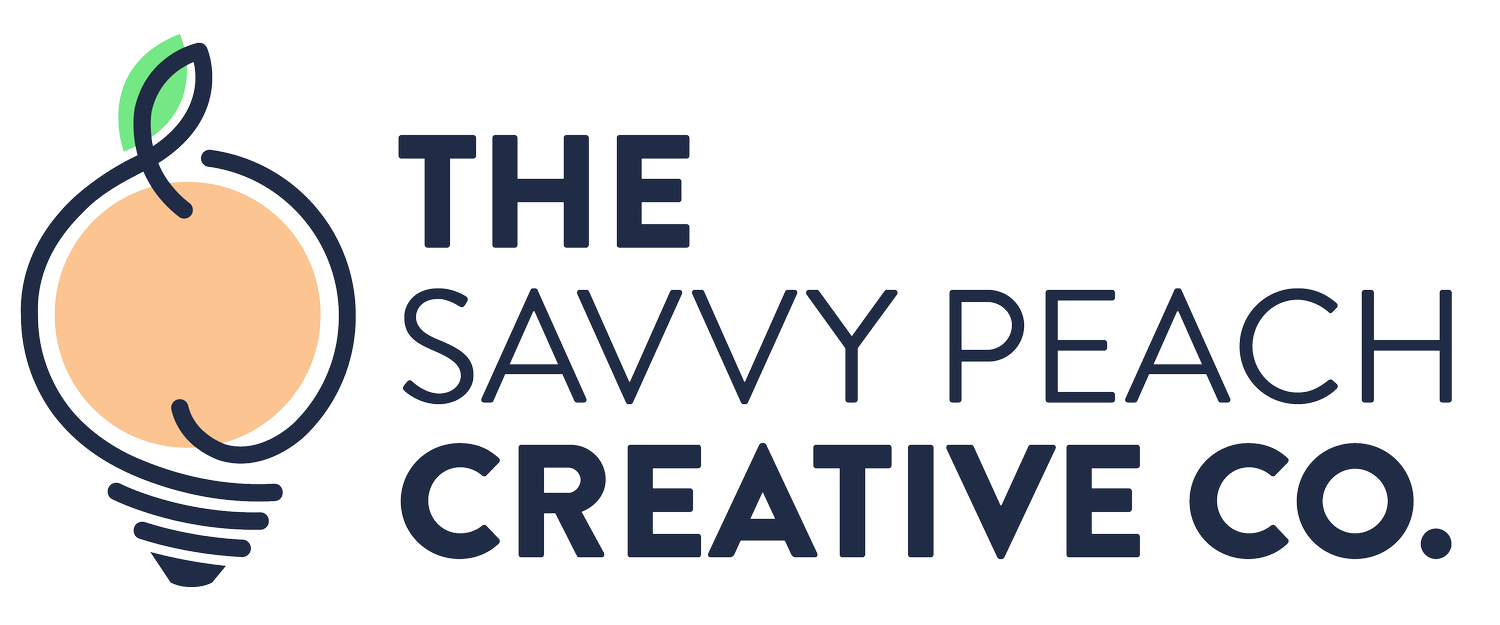How to Build a Brand Identity That Connects, Converts, and Lasts
When you hear Nike, Apple, or Starbucks, what comes to mind? Maybe it’s their iconic logos, signature colors, or powerful taglines. These companies have built memorable brand identities that instantly connect with their audience.
But here’s the good news: you don’t need to be a global giant to create a strong brand identity. Whether you’re launching a new business or refining your existing brand, this guide will show you how to develop a unique and recognizable identity that customers will love.
What Is Branding (and Why Does It Matter)?
Branding is more than just a logo or color scheme—it’s the overall experience and perception people have of your business. Your brand identity, on the other hand, includes the visual and messaging elements that shape how people recognize and remember you.
A strong brand identity is essential because it improves brand recognition, builds trust and credibility, ensures marketing consistency across different platforms, and fosters customer loyalty.
How to Build a Brand Identity for Your Business
Creating a brand identity is about defining who you are and how you want to be perceived. By following these steps, you can build a brand that stands out and connects with your audience.
Step 1: Define Your Brand’s Core Elements
Before diving into logos and colors, take a step back and define what your brand stands for. This includes clarifying your mission, core values, and target audience. Your mission explains why your business exists, your values outline the principles guiding your decisions, and your target audience helps determine the messaging and visuals that will resonate most with your customers.
For example, a luxury skincare brand may focus on organic ingredients and self-care, while a tech startup might highlight innovation and efficiency. Identifying these elements ensures that your branding choices reflect what you truly represent.
Step 2: Conduct a SWOT Analysis for Your Brand
A SWOT analysis helps evaluate your brand’s position in the market. It breaks down into four key areas: strengths, weaknesses, opportunities, and threats.
Strengths – What sets your brand apart? (exceptional customer service, eco-friendly products)
Weaknesses – What areas need improvement? (low brand awareness, inconsistent messaging)
Opportunities – What trends or market gaps can you take advantage of?
Threats – What external factors could impact your brand? (competitors, changing customer preferences)
For instance, a local coffee shop might have a strong community following but struggle with social media engagement. Conducting a SWOT analysis helps businesses make informed branding decisions and strengthen their identity.
Step 3: Create Your Brand’s Visual Identity
Your visual identity is what people see and remember about your brand. The key elements include your logo, color palette, typography, and imagery.
A logo should be simple, memorable, and relevant to your brand. Your color palette should evoke the right emotions, such as blue for trust, red for energy, or green for nature. Typography should match your brand’s personality, whether bold and modern or elegant and sophisticated. Finally, your imagery and graphics should remain consistent across your website, marketing materials, and social media.
Step 4: Develop Your Brand’s Voice and Messaging
Your brand’s voice is how you communicate with your audience, whether it’s friendly, professional, or playful. Developing a clear brand voice helps ensure consistency across all touchpoints, from your website and social media to emails and customer service interactions.
Key messaging elements include defining a tone that resonates with your audience, crafting a strong tagline or slogan, and ensuring consistency across platforms. For example, L’Oréal’s slogan, "Because You’re Worth It," reflects a confident and empowering brand voice. A strong brand message makes businesses more relatable and memorable to their audience.
Step 5: Apply and Maintain Brand Consistency
Branding isn’t just about creating a logo—it’s about maintaining consistency across all platforms. Businesses should use the same colors, fonts, and imagery on their websites, social media, and advertisements. Developing a brand guidelines document ensures that all marketing efforts align with the brand’s identity. Additionally, brands should periodically review their identity to stay relevant without losing their core elements.
Coca-Cola is a prime example of brand consistency. The company has kept its red and white branding for decades while evolving its marketing strategies to stay modern and engaging. Consistency helps reinforce trust and credibility with customers.
Common Branding Questions
What’s the difference between branding and brand identity?
Branding is the overall perception of your business, while brand identity is the visual and verbal representation of that perception.How often should I update my brand identity?
Small updates (like refreshing colors or fonts) can happen every few years, but a full rebrand should only be done if your business has evolved significantly. Want to learn more? Check these 4 signs it’s time for a website rebrand!Can a small business build a strong brand identity?
Absolutely! Even without a big budget, consistent branding and storytelling can create a recognizable and trustworthy brand.
Bring Your Brand Identity to Life
The next step is to put these strategies into action. Developing a brand identity takes time, but with clear direction and consistency, your business can create a brand that resonates with customers and leaves a lasting impression.
Not sure where to start? Let the Peach help you every step of the way.
Our dedicated team is here to help you level up your business strategy. Schedule a time to speak with us and let us answer your questions to know exactly what you need to get yourself started.




